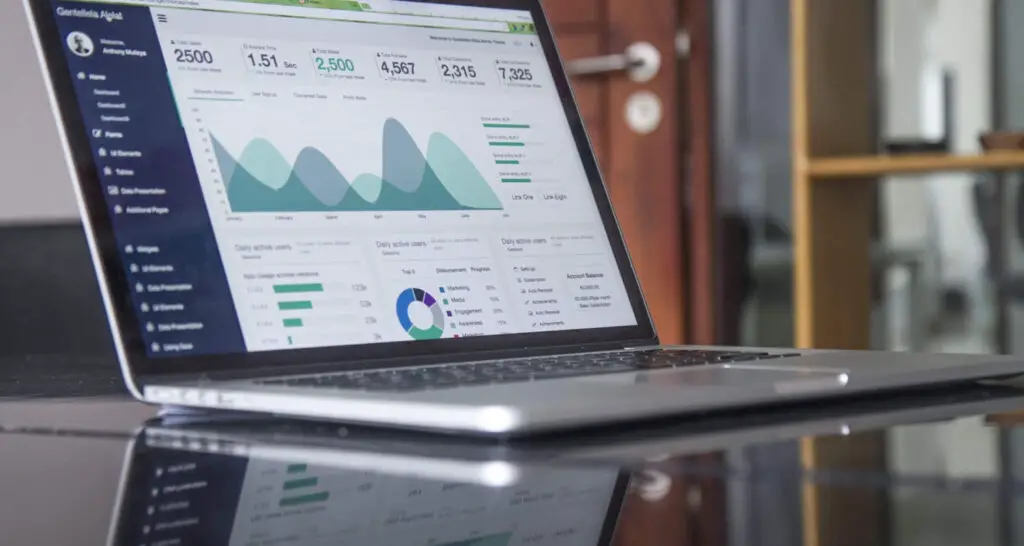In recent years, proximity marketing technology has significantly improved the consumer experience in malls and airports. This experiential marketing technique, which has seen over half of people become customers, helps businesses understand client requirements and desires. This article explores the core principles, cutting-edge technologies, and real-world successes of proximity marketing, including Target and Amazon, along with its costs and future trajectory.
Proximity marketing reaches the right consumers with personalized notifications at the perfect time and location. When paired with effective advertising techniques, it can yield impressive business outcomes. Recent success stories in malls and airports demonstrate its ability to elevate the customer experience. Proximity marketing goes beyond just delivering coupons. It also helps businesses gain insight into customer needs, offering a holistic view of their brand.
In the next decade, proximity marketing will revolutionize promotional strategies and change customer attitudes. Moreover, businesses can strengthen customer trust by promoting what’s on sale. This article explores the fundamentals of proximity marketing, its potential, and real-world success stories. Additionally, it provides valuable insights into this game-changing marketing strategy, aiming to stay ahead in the ever-evolving business landscape.
What is Proximity Marketing?
It conveys a new-targeted approach to how organizations interact with their target audience. Fundamentally, it is about precisely delivering promotions or material to customers based on their geographical location, as every individual now owns a smartphone. Businesses reach beyond the confines of traditional marketing by utilizing modern technologies. It establishes a direct and customized relationship with potential clients.
You shop nearby and get an instant message about that brand – “Unlock instant deals on your favorite brand. Your personalized experience is just a step away!”
As consumer expectations continue to soar, one strategy stands out as integral for success. By seamlessly delivering timely and tailored content, businesses can elevate the customer experience, boost brand recognition, and drive conversions. It has become a powerful tool in an age where personalized interactions and convenience reign supreme.
How Does Proximity Marketing Work? Top 5 Technologies
Proximity marketing tools and tactics analyze locations, target people, and influence future consumer choices. In the scenario of proximity marketing, numerous technologies are at play. The best technology depends on your targets, the tools and resources, and the audience you aim to reach. The most popular technologies are outlined below, describing their functions and benefits.
WiFi
WiFi in your venue is one of the most straightforward and adaptable ways to execute it. The fact that almost everyone uses public hotspots to access WiFi on their smartphone can help advertise to your guests.  Further, it also helps gather their data by simply employing the appropriate software. The platform must incorporate indoor positioning functionalities to promote client location and WiFi marketing elements, enabling efficient communication during customer proximity.
Further, it also helps gather their data by simply employing the appropriate software. The platform must incorporate indoor positioning functionalities to promote client location and WiFi marketing elements, enabling efficient communication during customer proximity.
QR Codes
Quick Response codes (QR codes) facilitate instantaneous access to information by linking the digital and physical worlds. They are an easy-to-use and efficient tool for promoting interactions, improving the entire customer experience because of their simplicity and effectiveness.
They are an easy-to-use and efficient tool for promoting interactions, improving the entire customer experience because of their simplicity and effectiveness.
NFC (Near Field Communication)
NFC is a highly secure, contactless technology that allows users to pay using their phones or smartwatches. It facilitates close-range communication, generally a few centimeters, and ensures seamless engagement.
It facilitates close-range communication, generally a few centimeters, and ensures seamless engagement.
BLE Beacons
Bluetooth Low Energy(BLE) is similar to WiFi. BLE beacons provide for precise location-based marketing by sending signals to neighboring handsets. ![]() This technology offers an advanced solution for companies delivering customized alerts and deals in specific locations.
This technology offers an advanced solution for companies delivering customized alerts and deals in specific locations.
GPS
Businesses can use data from the Global Positioning System to deliver location-specific content based on users’ real-time whereabouts. GPS-based proximity marketing benefits outdoor advertising campaigns and navigation apps by guaranteeing precise content delivery.
GPS-based proximity marketing benefits outdoor advertising campaigns and navigation apps by guaranteeing precise content delivery.
See Also: Top 6 Types of Mobile Marketing Strategies for Better Reach
Types of Proximity Marketing Solutions
By integrating technologies such as WiFi, QR codes, and beacons, proximity marketing solutions can target individuals based on their real-time location and enhance customer engagement by delivering personalized content. This method makes communication more relevant and customized, leading to a more balanced comprehension of customers and in-store traffic.
Five distinct methods are the foundation for the best proximity marketing strategies, significantly increasing the campaign’s effectiveness. They are as follows:
Bluetooth Proximity Marketing
At present, Bluetooth beacons play a very crucial role as every mobile device supports Bluetooth. This system leverages Bluetooth to send customized messages to devices in a particular range. In 2013, Apple introduced the iBeacon beacon standard, the first for iOS devices. Google launched Eddystone for Android devices in 2015. Smartphones, with or without apps, can receive Eddystone signals thanks to the built-in Google Nearby service.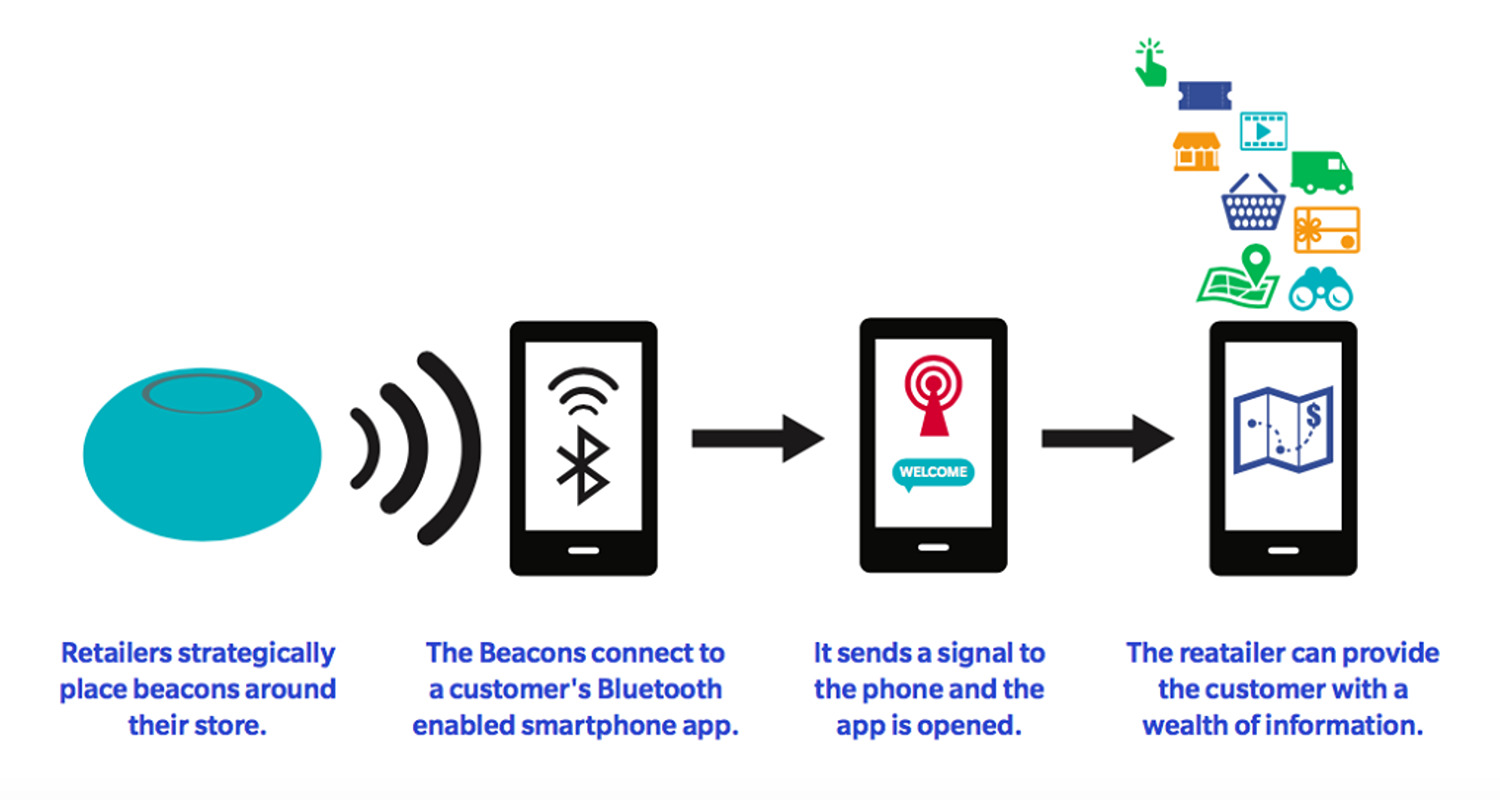
Bluetooth proximity marketing is a prominent feature in retail and event settings that guarantees direct and engaging engagement with nearby customers, thereby establishing a deeper connection.
WiFi Proximity Marketing
The popularity of WiFi marketing is increasing daily. But its popularity will go through the roof if people hop on the local WiFi network. As people begin to use free WiFi, messages with location-specific content are related to their smartphones and displayed in their browsers. These target messages are sent to keep customers informed about the most recent retail promotions. 
Businesses that deploy Wi-Fi-based proximity marketing solutions receive positive feedback since convincing customers to turn on their WiFi is simple, leading to increased business.
RFID/NFC Proximity Marketing
NFC (near field communication) and RFID (radio frequency identification) technology are used in RFID/NFC proximity marketing. These enable near-field communication, allowing the companies to converse contactless with consumers. Commonly used in retail and events, sharing information between devices enables safe transactions and customized experiences.
Employing RFID or NFC technology is a top option for companies looking for efficient and safe proximity marketing solutions that improve consumers’ satisfaction and create a smooth, conversational brand-consumer relationship.
GPS-Based Proximity Marketing
Businesses use Global Positioning System (GPS) data to give consumers specific information depending on their location. This technology alters outdoor marketing by enabling accurate location-specific messages. GPS-based proximity marketing customizes interactions to users’ local surroundings, such as directing them to nearby promotions and improving navigation experiences. 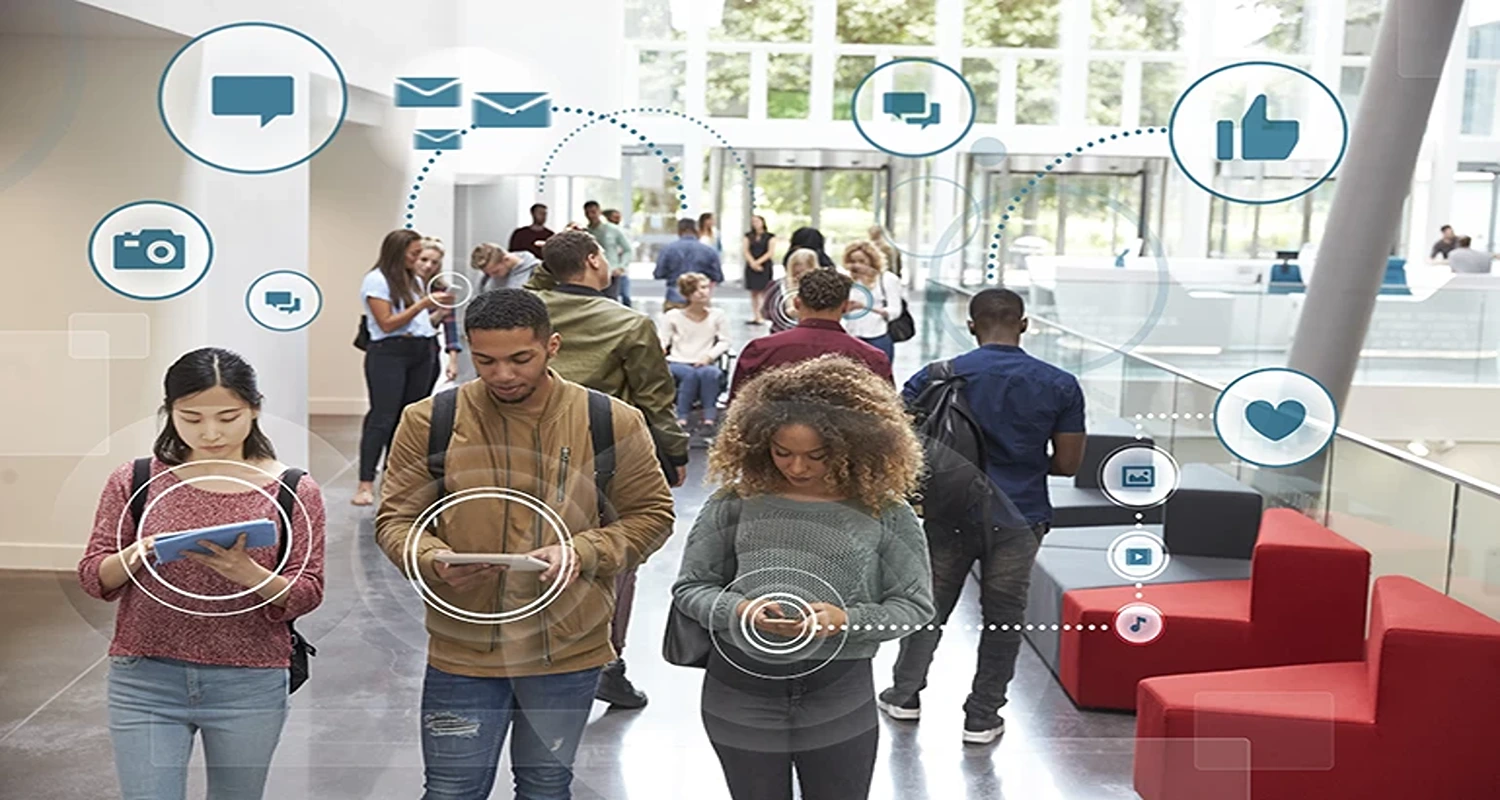 This clever technique boosts engagement and highlights the relevance and personalization that organizations can accomplish in their marketing efforts by leveraging real-time location data.
This clever technique boosts engagement and highlights the relevance and personalization that organizations can accomplish in their marketing efforts by leveraging real-time location data.
Examples of Proximity Marketing
Imagine this: your smartphone vibrates as you enter a physical gift shop while looking for a watch. You may now get the wristwatch you’ve been eyeing online for a long time for a special 30% off for a limited time!
This deal has been customized to your region, so wouldn’t it catch your eye and make you think twice before purchasing in the actual store? Such tailored, in-the-moment communication will surely astonish you. You know you’re wondering, “What is this, and how did this happen?”
CASE STUDIES
The first success story of Proximity Marketing is of the world-renowned “Target Store,” which, if not visited, has been heard all around the globe.
Target Audience
Target, the country’s second-biggest general merchandise retailer, began experimenting with beacon technology at 50 retail locations in 2015 to improve marketing. To prevent customers from becoming inundated with unending notification alerts, they have restricted the number of beacon push messages to two per shopper every shopping trip.
The communication is shown on the Target “Target Run” website. This app mimics a social media news feed with bargains, discounts, the most pinned items on Pinterest, and other content in push alerts and in-app messaging. 2017 Target began implementing Bluetooth beacon technology in-store to fuel its app’s interior maps.
Amazon Go-Store
The second success story is about Amazon Go-Store, whose opening encouraged many more businesses to use it to make their mark in the business world, such as Amazon.
Seattle saw the opening of a new convenience shop in 2018 by the massive retail and eCommerce company Amazon. Amazon Go is a small grocery store that sells food and electronics. This store’s beacon and proximity technologies were intended to deliver the most excellent possible customer experience.
Even though Amazon originated the trend, other retailers, like Nike and Walmart, are following suit by changing their shop designs to reflect the new Amazon Go locations!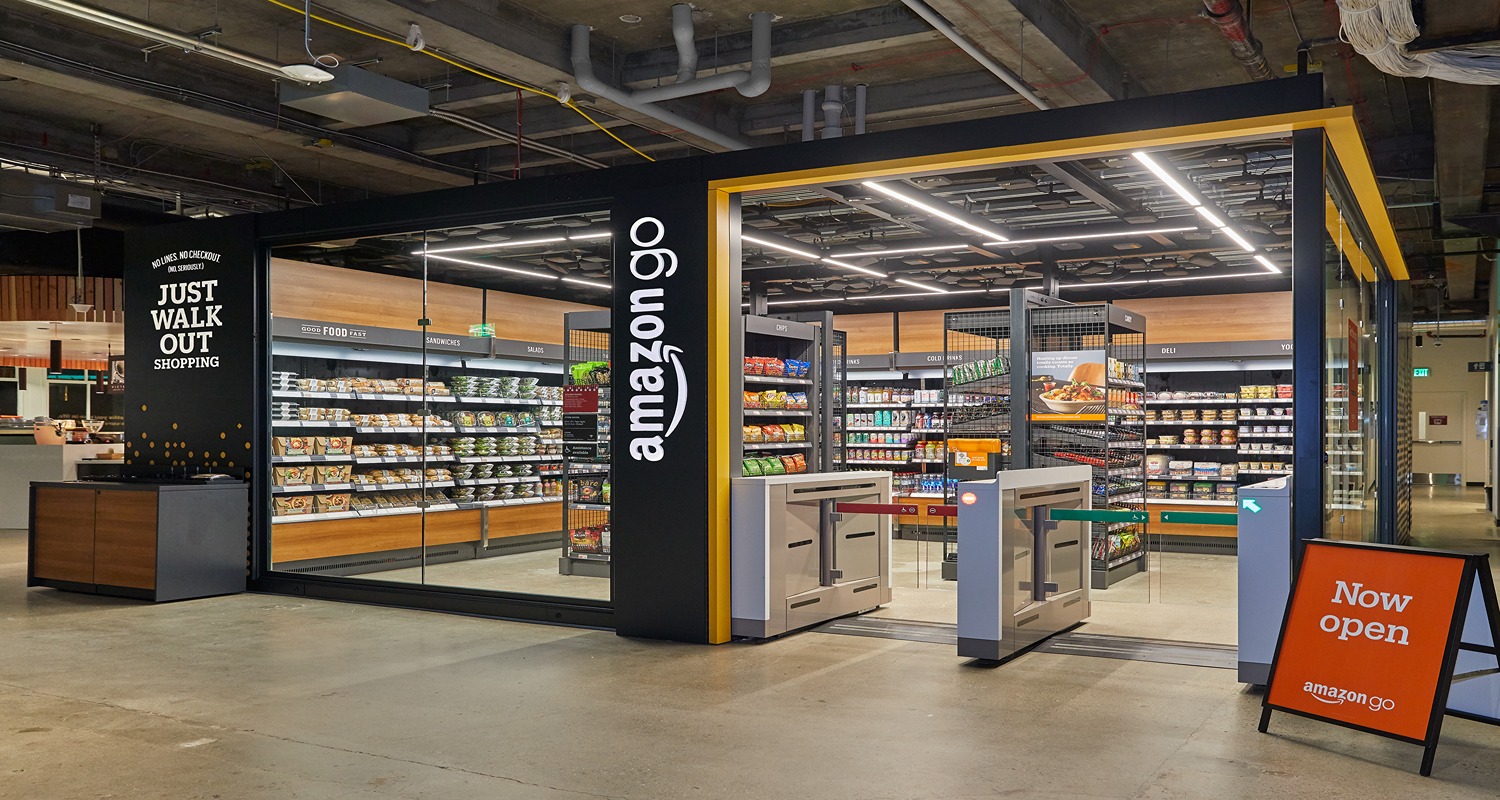
These are some of the case studies where it has worked brilliantly. Others include Google Beacon Platform, Eddystone, and NearBy API, which launched in 2015; the idea of it is getting hyped.
Cost of Proximity Marketing
The cost of proximity marketing, which includes technology, infrastructure, and content, is critical in the current situation. Strategic investment enables firms to successfully engage consumers, adapt experiences, and remain competitive in a changing market, supporting brand loyalty and growth.
Factors Affecting Cost
The cost of proximity marketing is influenced by various factors, which reflect the complexities of technological installation and campaign management. An in-depth knowledge of these elements enables businesses to effectively plan and allocate resources for a successful and cost-effective proximity marketing strategy.
- These include technological options like WiFi, Bluetooth, NFC, and GPS, which all have related expenses.
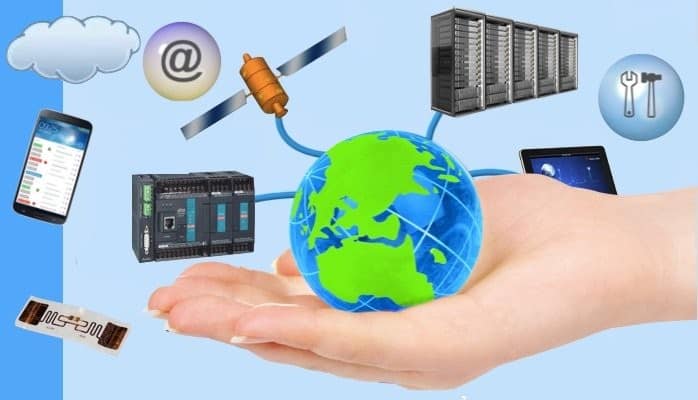
- The campaign’s size, infrastructure configuration, and hardware/software expenditures have a significant impact.

- Content generation, maintenance, and continuing upkeep of the proximity marketing system incur creative and operational expenditures.

- Robust data analytics tools for performance tracking and reporting increase costs, as does the adoption of security measures to secure user data.

- Integration with current systems, such as CRM or POS, necessitates development efforts.

- Employee training and assistance, regulatory compliance, and the necessity for legal consultations for user permission all influence total expenditures.
Average Cost Range
This multidimensional approach to cost concerns enables businesses to manage budgets while creating a complete it’s strategy. Several key factors influence the average cost range:
Technology expenses
WiFi, Bluetooth, NFC, and GPS technologies have varying costs.
Infrastructure Setup
The initial expenditures of creating infrastructure such as beacons, WiFi networks, and QR code displays.
Hardware and software
Costs include beacons, NFC tags, and software platform licensing fees.
Content Creation
Creative fees for creating compelling and personalized content.
Maintenance and upkeep
Include ongoing expenditures for monitoring, software upgrades, and hardware replacement.
Data Analytics and Reporting
The costs of installing analytics technologies for performance monitoring.
Security Measures
Costs associated with protecting user data and maintaining system integrity.
Integration with Existing Systems
The expenses of integrating with CRM, POS, and other company systems.
Training and assistance
The costs of continuing personnel training and assistance.
- Legal consulting fees for complying with privacy legislation.
See Also: Do Google Reviews Help SEO? Local SEO Guide
Future of Proximity Marketing
Proximity marketing is gaining popularity in the business. When proximity-derived data is paired with mobile browsing history, businesses can precisely pinpoint individuals and refine a channel, inventory mix, and items to increase company sales. Again, given the world’s trend toward digitization, Proximity Marketing is bound to become a significant deal shortly.
Trends and Predictions
Firstly, a proximity marketing campaign is a mobile message delivered to customers at the optimal time and location. Secondly, bridging physical and internet marketing promotes business growth. Additionally, push notifications, beacons, and geofencing serve as essential tools. Furthermore, regarding mobile marketing, proximity marketing is the quickest option for achieving a competitive advantage.
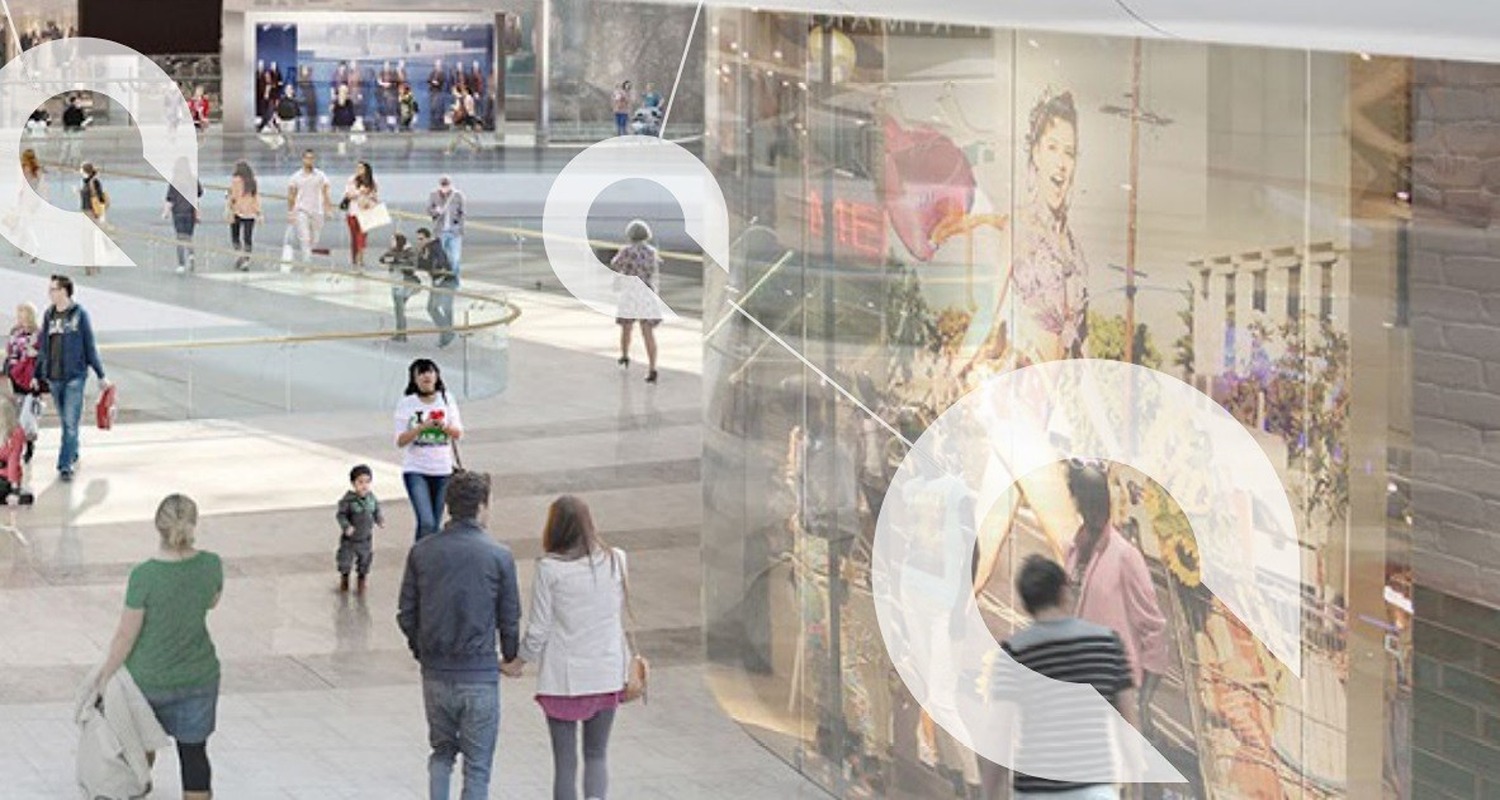
Persistence Market Research projects that proximity marketing will bring in US$ 52.5 billion in 2023 and US$ 365 billion in 2033, or a 21.4% compound annual growth rate. It has substantial growth prospects due to cloud-based innovations and IoT advancements.
The pandemic has changed the game of the market entirely. However, despite people inhibiting going to the stores to shop, Proximity Marketing has embraced a customer-friendly e-commerce approach. Taking regular feedback and evaluating customer reviews has made the platforms user-friendly. Consequently, this strategic move caters to the physical store locations and extends beyond, capturing a broader market share.
The importance of sustainable and socially responsible practices is the new trend. By including environment-friendly initiatives, the niche for Proximity Marketing in the crowded marketplace can be more robust, profitable, and much longer.
Coniq’s report states that customer loyalty programs, proximity marketing integration, and geo-loyalty are the future of retail locations because they successfully engage customers in-store and online.
Frequently Asked Questions
What is the main objective of proximity marketing?
Motivating individuals to purchase goods in person or during a sale is the primary goal of proximity marketing. The central instrument business enterprises may use to carry out their sales plan while clients are in or close to their location is proximity marketing.
How do consumers benefit from proximity marketing?
Beacons and other kinds of proximity marketing foster strong relationships between customers and companies. When firms can offer personalized and relevant material to customers, they are more likely to remain loyal and make future purchases.
How do we use proximity marketing to improve customer engagement?
Additional applications for proximity-based messaging include sending consumers the latest offers and discounts when they visit a bank or business. Distribute this to users according to how, when, and how long they have used your app. Make the offers unique to correspond with how clients utilize your product.
Who uses proximity marketing?
Large businesses frequently use proximity marketing to persuade consumers to buy something. Retailers can use this information to give you coupons or advertisements if they see that you haven't been in a long time.
Conclusion
The pandemic has been an eye-opener for many. However, it should not be made the reason for the decrease in sales. On the contrary, proximity marketing was a boon in disguise. Additionally, it is arguable that the pandemic scare pushed forward many thoughts, inventions, and innovations. Furthermore, it is a cutting-edge intervention that determines a person’s location before sending a message or campaign to their device, which is one noteworthy invention in this field. Consequently, this strategy lessens unwanted text annoyance while saving marketing expenditures. Ultimately, “Proximity Marketing” was already in business, not flourishing, but with the pandemic, it has risen to a level that is bringing shopping back into business.

